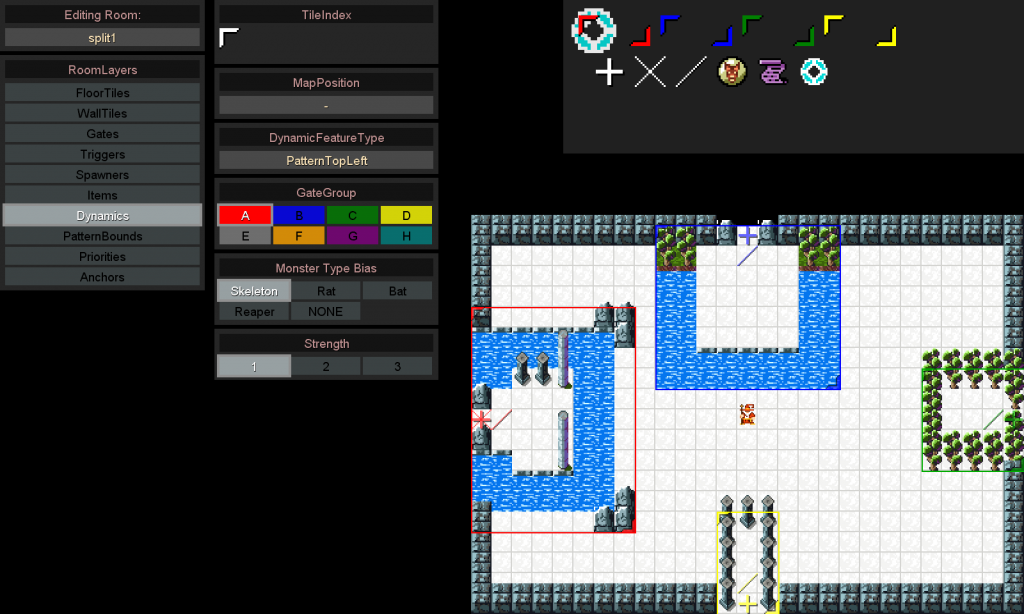My new favorite YouTube channel is Matthewmatosis, a collection of in-depth game reviews and commentary. In-depth means really in-depth–30+ minutes in most of the videos. One of the most recent is on Pac-Man and scoring, which explores the phenomenon of the “perfect score” in Pac-Man: something made possible by the fact that a) the game is deterministic (the ghosts’ behavior is predictable and reliable), and b) the game has a finite number of a levels (not by design–but an integer overflow enforces this).
So for Pac-Man, there really is just a perfect score to attain, and the leaderboard shifted to who could do it the fastest. But there is actually a fastest-possible time as well, if you execute everything perfectly. So now it’s just an account of people who can attain the fastest time to the highest score.
Matthewmatosis offers a solution in the form of two missing ingredients: randomness, and unlimited time. They are both required, however, because random game elements (such as Tetris or a roguelike) combined with limited time means that top scorers are mostly at the mercy of the random number generator for a good score. And unlimited time without randomness turns the game into an endurance test, rather than a skill test.

